Standard operating procedures (SOPs) have been a part of my life since I began working in our maternity facility at 15 years old. I have continued to create, document and execute effective SOPs for research trials in graduate school and now in my job as a reproductive consultant.
Having effective SOPs on dairy farms is important for many reasons. They are useful for new hires as they learn procedures, are key to ensuring the well-being of your herd, are essential in animal welfare audits, and help to determine if treatment is needed and how to execute treatment correctly, when necessary. The process of creating SOPs involves a fair amount of time and effort but is a valuable tool to have on hand.
‘Who’
First and foremost, thought should be put into who writes the protocols. Managers are generally busy and may not have time to sit down for several hours just to write. Furthermore, it is crucial that someone who is “boots on the ground” helps document the protocols currently being done.
One example of how to document protocols is to hire an intern to work alongside employees in which the intern gains hands-on experience and, in return, documents current protocols. Afterwards, a meeting with the manager and herd veterinarian is an opportunity to gain feedback and ensure everyone agrees on a proper protocol. Finalized protocols should then be translated and made available for the next team meeting.
‘What’ and ‘how’
The following two examples have been borrowed from Dairy Dreams LLC, a dairy farm in Kewaunee, Wisconsin, that previously earned the Food Armor Award. Example 1 demonstrates a hands-on SOP, whereas Example 2 is a part of their book of treatment SOPs.
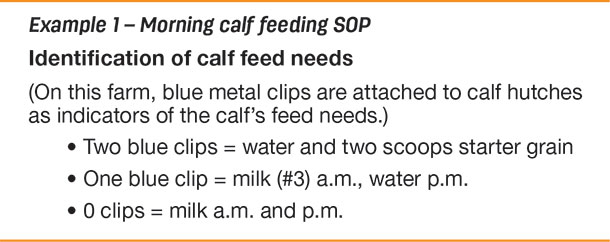
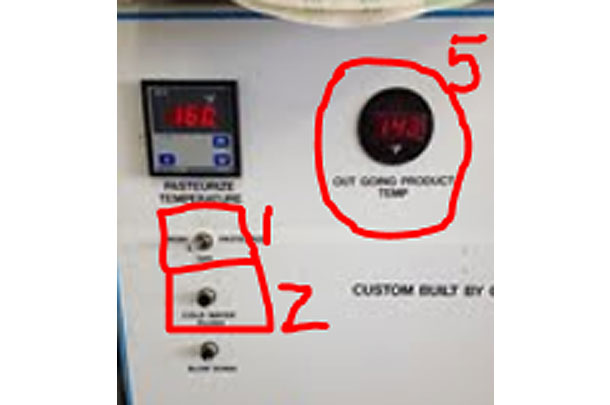
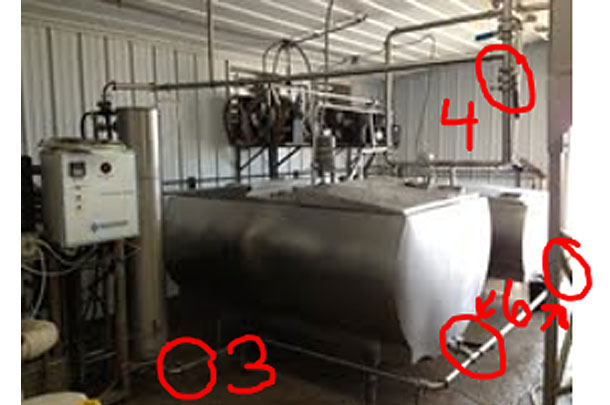
Morning feeding:
There will be a printed paper next to the time clock every morning that indicates the first calf for setting #2 and #1.
Pasteurizer operating instructions:
- Make sure there is milk in the milk tanks (Photo 2) and locate the milk cart under the spigot of the stationary tank.
- The (#4) handle should be pointing straight down (closed position) so the pasteurized milk will be sent to the stationary tank.
- The milk tank you want to pasteurize should have its handle (#6) in the open position.
- The (#3) handle should be parallel with the pipe (this is the open position).
- Turn the switch (#1) to “Pasteurize.” The temperature gauge (#5) should read between 108-110°F.
- After the calf cart is full, close the handle for the spigot that fills the calf cart, so the stationary tank will be filling during the initial feeding.
- Check the amount of milk for each of four settings before starting. To do this, turn the cart to setting 1 and make sure it fills one bottle. Then, turn the cart to setting 2, and make sure if fill one and a half bottles and so on.
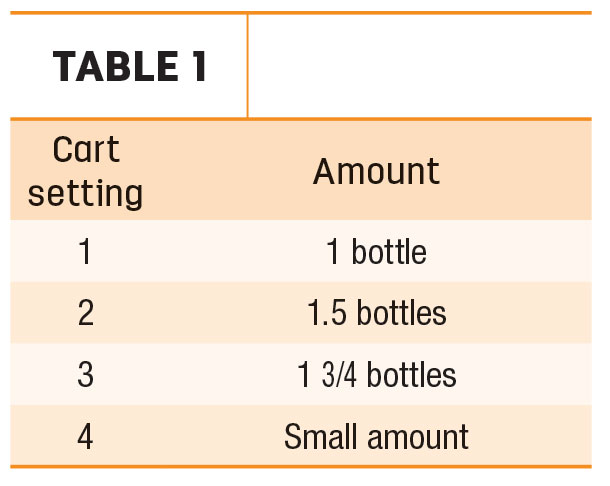
This first protocol is clear and concise. The visual helps show what is being referenced, and it is specific enough to enable a newer employee to use this as a reference after initial training. Many times, it is miscommunication and/or misunderstanding of the initial steps in a protocol that may lead to problems down the road, such as several days where milk temperature for calves is not in the correct range or loading too many A.I. guns at a time, etc. There are many bumps in the road that can be avoided with clear communication of what needs to be done.
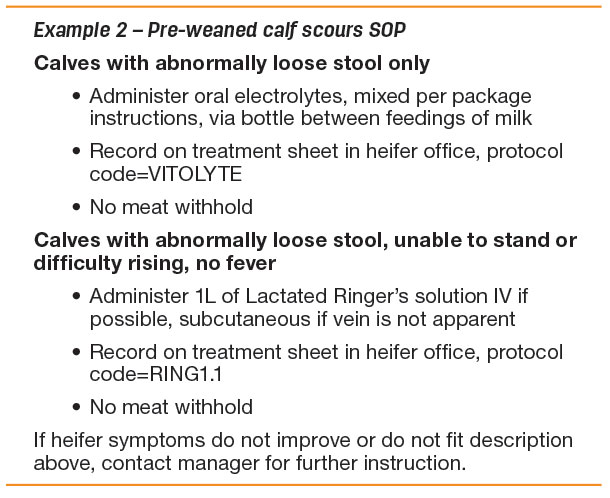
This second protocol is a great example of when an employee is supposed to make a decision-based response. The employee has three options that each have 1) treatment and time of treatment, 2) where and how to record the treatment and 3) meat withhold information (milk withhold is not applicable in this situation but should be mentioned in cow protocols). Including all three parts to a decision-based protocol is key to ensure consistency. Designating a specific treatment for a specific condition increases probability in which we can help an animal because both illnesses and treatments are finite. Properly recording the treatment in a specific way decreases variation in records, which proves to be valuable as time goes on.
Both SOP examples demonstrate what is supposed to be done and how but for different purposes. In addition, both are short and to the point, allowing less room for confusion.
‘Why’
In the long run, employees will struggle complying with even the best written protocols if it is not explained “why” a protocol is the way it is. A new breeder might be diligent about the temperature in their thaw unit for sexed semen, but they will eventually stop paying close attention unless they understand the relationship between semen and temperature during the thawing process. Similarly, maternity workers will struggle to comply with feeding colostrum within the first hour of birth unless they understand both the window of time and the importance of the transfer of maternal antibodies. Thus, explaining the why behind each protocol increases the likelihood the protocol will be followed.
Measurability
There needs to be ways to measure progress and track results for employees to fully buy into SOPs for their job, even if they know the what, how and why. Breeder audits are an excellent way to make sure small details are not forgotten (usually at no extra cost to the dairy). Similarly, taking blood samples from calves is an easy way to measure employee compliance with both preparation and administration of colostrum. Many producers will post results for the team to see during their next meeting. Managers or team leaders need to look at the results, whether they be reports or data, and touch base with their employees in order for employees to understand that the results are important to everyone as a whole. This could be a great time to give recognition and/or incentives for effectively following SOPs.
Having effective SOPs is a valuable tool that, once completed, only requires minimal maintenance over time. Protocols need to be short and to the point, employees need to understand why protocols are made and there needs to be a way to track results or progress in order for SOPs to effectively aid facilities in running smoothly.






